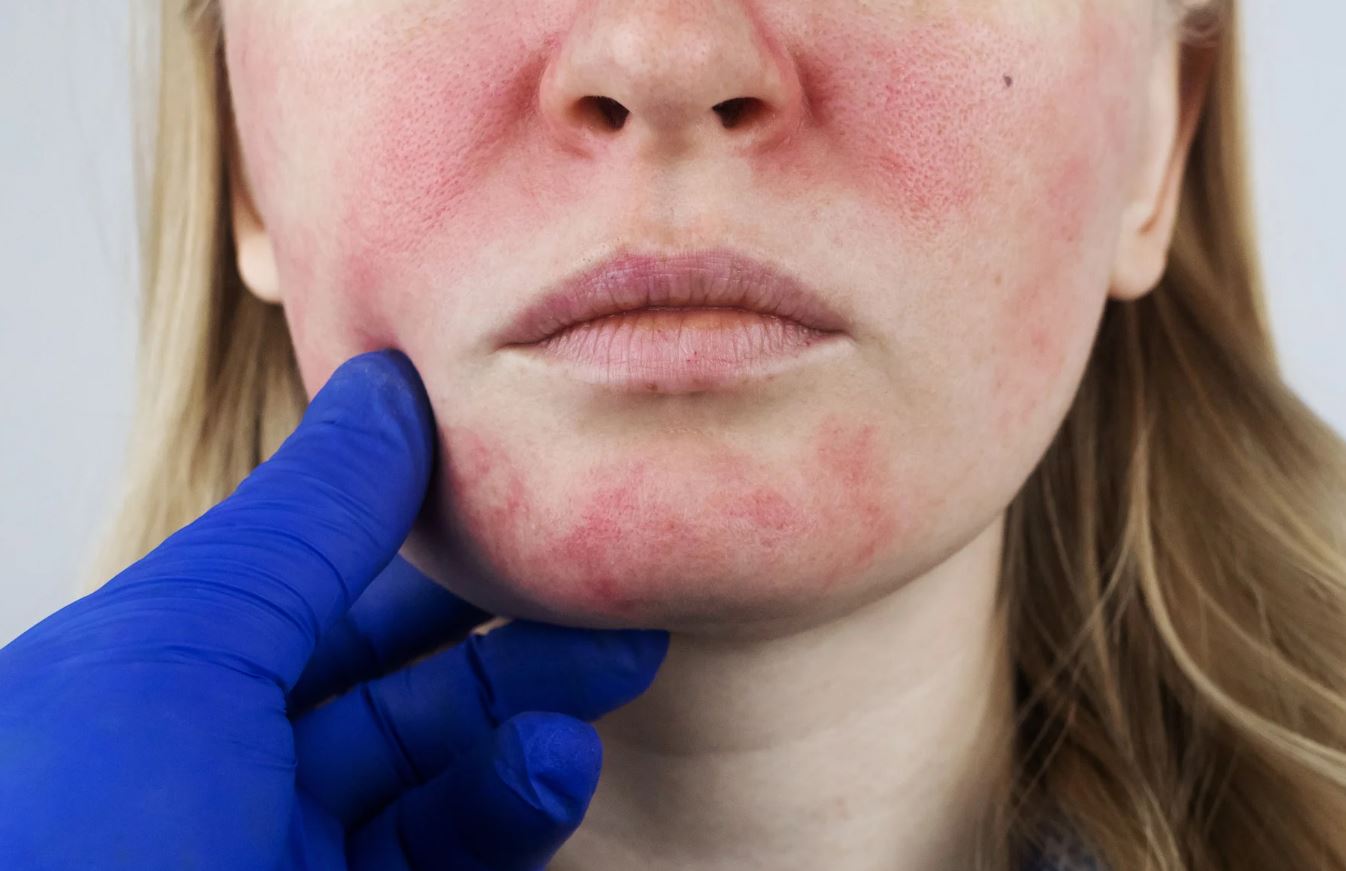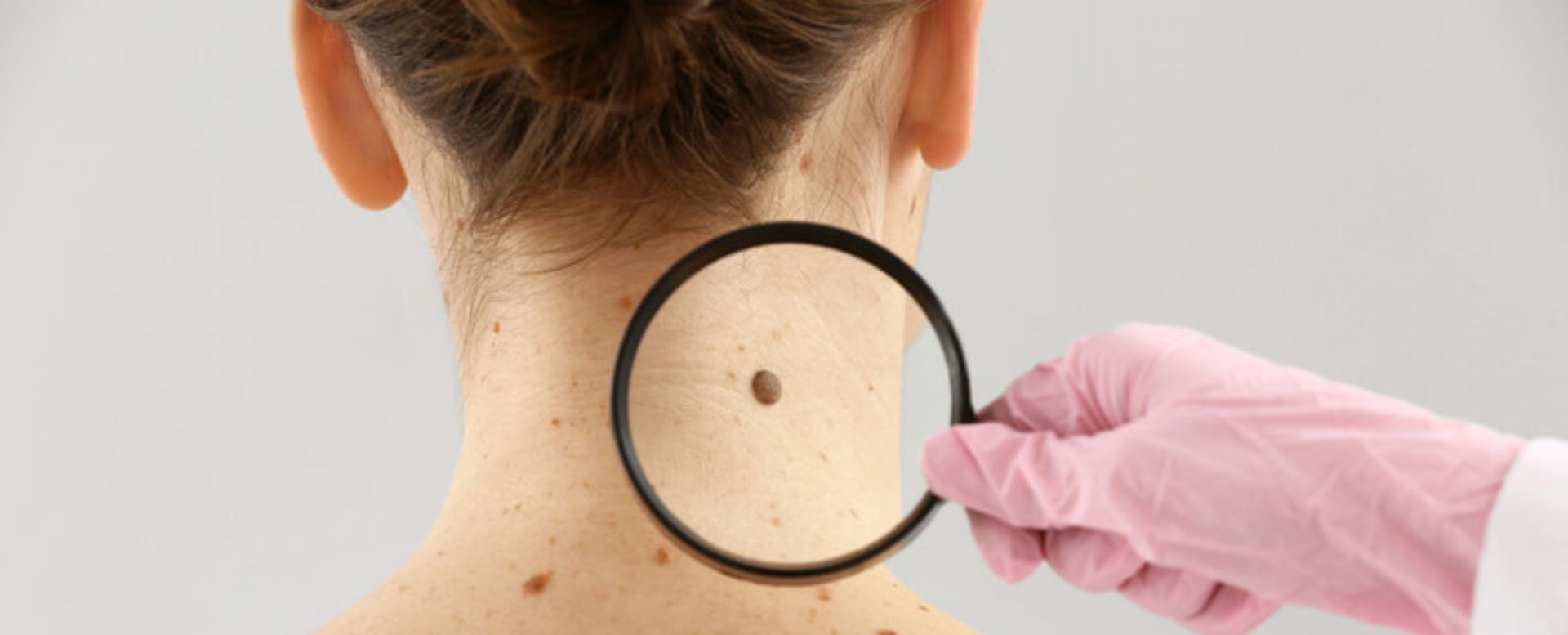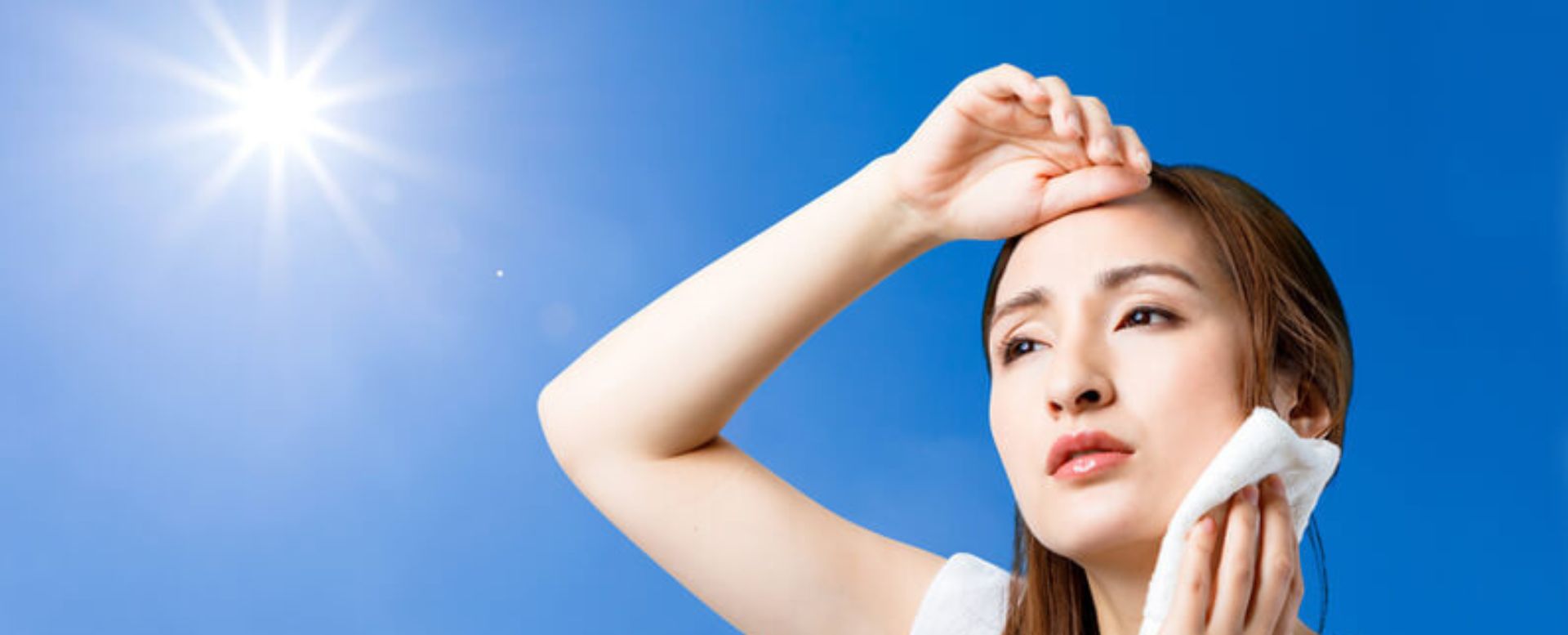Our skin is constantly shedding dead skin cells. Usually, these dead skin cells are replaced with new ones. But sometimes, the dead skin cells accumulate on the surface of the skin, forming a rough, scaly patch. This is called stucco keratosis.
Stucco keratosis is usually harmless. It’s most common in older adults and people with fair skin. The condition is not contagious and does not usually lead to other health problems. This article will lay out everything you need to know about stucco keratosis.
What is stucco keratosis?
Stucco keratosis is a common, harmless skin condition. It occurs when dead skin cells accumulate on the surface of the skin, forming a rough, scaly patch. The patches are usually yellowish, brown, or black. They can range in size from a few millimeters to several centimeters.
Moreover, it is also most common in older adults and people with fair skin. The condition is not contagious and does not usually lead to other health problems.
Stucco Keratosis Causes
There can be several causes of stucco. The most common is simply the natural aging process. As we age, our skin cells turnover more slowly, which can cause them to accumulate on the surface of the skin.
Other possible causes include:
Excessive exposure to sunlight or other ultraviolet (UV) light
When we are too exposed to sunlight, it can damage the DNA in our skin cells. This damage can cause the cells to grow abnormally, leading to the formation of keratosis patches.
Certain medications

Some medications, such as corticosteroids and immunosuppressants, can increase the risk of developing keratosis.
Medical conditions
There are some medical conditions that are associated with an increased risk of developing keratosis. These include diabetes, psoriasis, and certain types of cancer.
Chronic skin conditions such as eczema or psoriasis
Skin conditions can happen in response to an overactive immune system. This can cause the skin cells to turn over more quickly, leading to the accumulation of dead skin cells on the surface of the skin.
Stucco Symptoms

The most common symptom of keratosis is the appearance of one or more scaly patches on the skin. These patches can range in size from a few millimeters to several centimeters. They are usually yellowish, brown, or black.
Other possible symptoms include:
- Itching. Stucco may start out as a small, itchy patch of skin. The itchiness can worsen over time and may become very intense.
- Bleeding. If the patches are scratched or irritated, they may bleed.
- Inflammation. The patches may become red, swollen, and painful if they are inflamed.
Keratosis Diagnosis
A doctor can usually diagnose keratosis by looking at the skin. In some cases, a biopsy may be necessary to rule out other conditions with similar symptoms.
A biopsy involves taking a small sample of skin tissue to be examined under a microscope. This is usually done in a doctor’s office or outpatient clinic.
What are the risk factors for keratosis?

The following factors can increase your risk of developing stucco:
- Age: The condition is most common in older adults.
- Skin color: People with fair skin are more likely to develop stucco than those with darker skin.
- Exposure to sunlight or other UV light: This can damage the DNA in our skin cells and lead to the formation of keratosis patches.
- Certain medications: Corticosteroids and immunosuppressants can increase the risk of developing this disease.
- Medical conditions: Diabetes, psoriasis, and certain types of cancer are associated with an increased risk of developing keratosis.
Stucco Keratosis Treatment
This disease can be treated in several ways, including:
Topical Preparations

This type of treatment involves applying a cream, gel, or b to the affected area. These preparations can help to exfoliate dead skin cells and reduce inflammation.
Medications
Oral medications, such as retinoids, may be prescribed to treat stucco. These medications can help to improve the turnover of skin cells and prevent the formation of new patches.
Freezing

This treatment involves applying a cold probe to the affected area. This can help to remove the lesion and improve the appearance of the skin.
Surgery
In some cases, surgery may be necessary to remove the lesion. This is usually only done if other treatments have not been successful.
Scraping
A doctor may use a special instrument to scrape off the lesion. This can be done in a doctor’s office or outpatient clinic.
Have Yourself Treated Right Away
In conclusion, stucco keratosis is a condition that should be treated right away. The sooner it is treated, the better the chances are of preventing it from getting worse.
If you think you may have stucco, see your doctor as soon as possible. They can diagnose the condition and recommend the best course of treatment. We at Skin Cancer Specialist are here to help you. We have a team of doctors who are experienced in treating keratosis and can provide you with the care you need. Contact us today to schedule an appointment.





